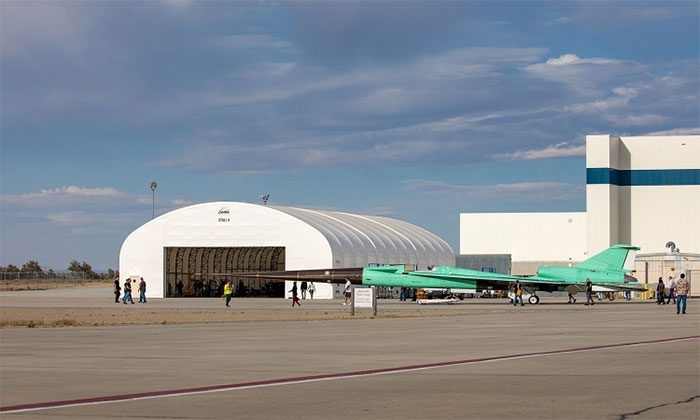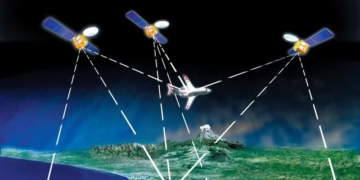The X-59 Supersonic Aircraft Promises a Smooth Flight Over Land Instead of Creating Sonic Booms Like the Concorde.
Video: Lockheed Martin
The X-59 QueSST (Quiet Supersonic Technology) is a prototype jet aimed at reducing the sonic boom produced when an aircraft breaks the sound barrier. Instead of the thunderous noise that shakes the ground when a plane reaches supersonic speeds (Mach 1 or 1,235 km/h), the X-59 generates a sound similar to that of a car door slamming. Lockheed Martin, the company developing the jet at its advanced aircraft manufacturing facility Skunk Works in Palmdale, California, shared a video capturing the moment the X-59 rolled out of the hangar and prepared for flight testing, as reported by Space on August 4.
The footage reveals the unique shape of the X-59, featuring a pointed nose that extends 11.5 meters. However, due to the length of the nose, the pilot cannot see outside the cockpit because there is no windshield at the front.
To address this issue, the test aircraft is equipped with an External Vision System (XVS). Essentially, the XVS is a closed-circuit video system that includes a forward-facing camera and a display screen in the cockpit in front of the pilot. This system uses custom image processing software and camera systems to create a virtual reality view of the scene in front of the X-59, along with flight data graphics, according to NASA.

The X-59 aircraft rolls out of the hangar.
After assembling the X-59, the teams from NASA and Lockheed Martin will conduct ground tests to ensure the aircraft is safe and ready for flight. Once the vehicle is ready for flight testing, it will fly over residential areas to analyze how people on the ground react to the sounds produced by the aircraft. NASA will send the collected data to regulatory agencies such as the Federal Aviation Administration (FAA) to seek permission for commercial supersonic flights.
Supersonic flight over land and within certain areas around the U.S. coastline has been prohibited since 1973, according to the FAA. NASA hopes to develop an aircraft capable of supersonic travel, potentially halving domestic flight times in the future.


















































